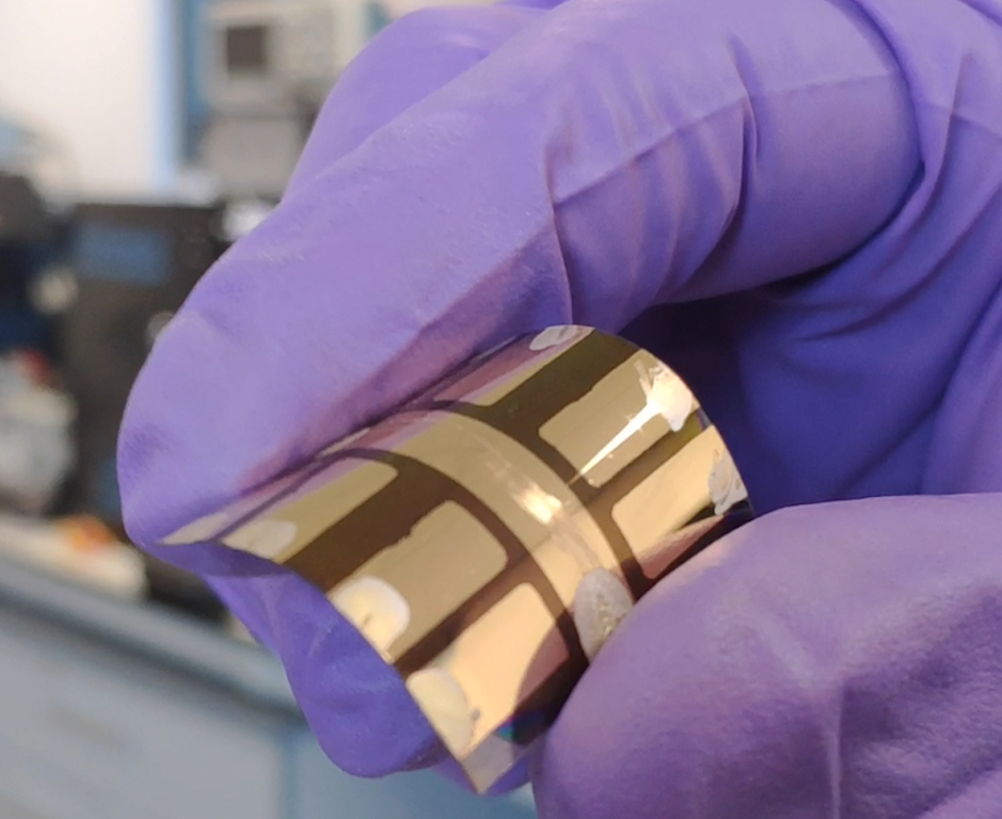The solar roofing panels would enable buildings to generate, store and release their own secure electricity supply. This could reduce reliance on fossil fuel energy and ease pressure on the National Grid, as surplus power generated by a building can be used to charge up electric vehicles.
Named ‘Active Buildings’, the concept has reportedly shown success in the operation of two buildings on the Swansea University campus for several years. The new research aims to explore the technology’s potential further and accelerate the process of turning it into products for industry to manufacture.
Traditional solar cells are manufactured from silicon, which is expensive and requires a lot of energy to produce. But a new, highly efficient type of cell, called a perovskite solar cell (PSC), is a cheaper and lighter alternative. PSCs can be made locally using widely available materials and manufacturing them emits less than half the carbon compared to a silicon cell.

Another advantage of PSCs over silicon is that they are flexible rather than rigid. This means they can be printed using techniques such as screen printing, directly onto a material such as coated steel.
Researchers said this could lead to innovative steel products for use in the construction industry that have in-built solar generating technology.
MORE IN ENERGY AND ENVIRONMENT
Professor Dave Worsley, head of materials science and engineering at Swansea University, said that the technology will help to tackle the energy crisis and the climate crisis at the same time.
“The future is about solar energy technology being built in, not added on afterwards,” Worsley said. “These printable solar cells can be built into the fabric of our homes, shops and offices, allowing them to generate the power they need, and more besides.”
The collaboration was launched with the signing of a Memorandum of Understanding at the University’s Bay campus, where the Active Buildings are located. It is the latest chapter in a longstanding partnership between Swansea University and Tata Steel.
Swansea University will contribute expertise in manufacturing the printable cells, led by the SPECIFIC Innovation Centre, which pioneered the concept of Active Buildings and designed and built the Active Office and Classroom. Tata Steel bring their expertise in coatings on steel, screen printing and supply chains for materials.
Sumitesh Das, Tata Steel UK’s R&D director commented: “The combination of a ‘green’ solar technology with steel is a significant step in our net zero ambitions. We are excited by the positive effect such solutions can have on some of the poorest communities, who, through such technologies, could be taken out of fuel poverty.”





Poll: Should the UK’s railways be renationalised?
I think that a network inclusive of the vehicles on it would make sense. However it remains to be seen if there is any plan for it to be for the...